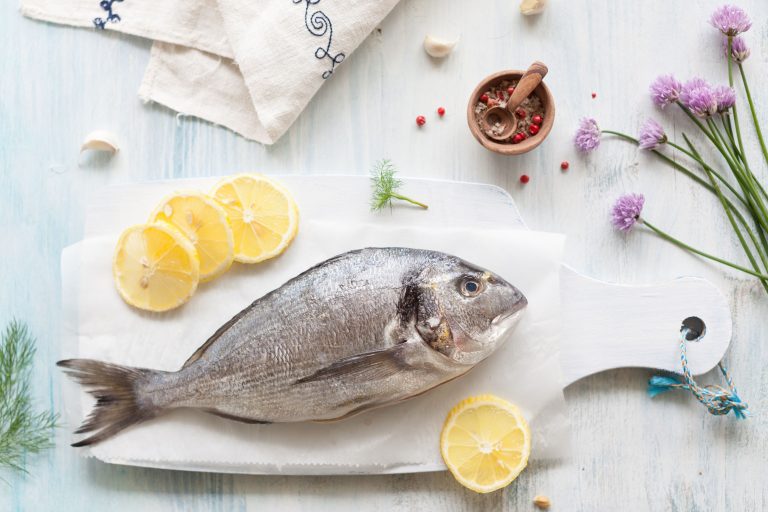Blockchain
Fishing in Finland Means Food Traceability is On the Menu
July 5, 2018 | Written by: Tomi Lehikoinen
Categorized: Blockchain
Share this post:
We all want to know more about the food we are eating, and for consumers in Finland who love their fish, it is now possible to trace their purchased fish fillet all the way back to the actual lake that the fish was caught.
 Finnish retail cooperative S-Group, will test their Pike-perch radar solution, which is based on IBM Blockchain technology, during the summer season as part of the retail group’s strategy to improve customer experience. The aim is to increase transparency in the food chain and to provide customers with greater information about the food route all the way from the source to the store shelves.
Finnish retail cooperative S-Group, will test their Pike-perch radar solution, which is based on IBM Blockchain technology, during the summer season as part of the retail group’s strategy to improve customer experience. The aim is to increase transparency in the food chain and to provide customers with greater information about the food route all the way from the source to the store shelves.
Customers in Finland can trace a fillet of pike or perch freshwater fish back to its home waters using the QR Code on the package of “Kotimaista-kuhafile” fish, or by logging in to a tracking website.
Using the solution, each participant in the blockchain will be able to record the information for their respective part, and that data can then be utilized by other participants. The reliability of the traceability data is ensured, as once data is entered onto the blockchain, it can no longer be changed.
S-Group has been working for years to provide greater transparency in both domestic and foreign food chains. According to Senja Forsman, Senior Compliance Manager of S-Group retail, blockchain is the next big step in this work. Forsman says, “The Pike-perch radar is a pioneer in promoting transparency. To start with the application provides information about different fishing sites. In the future, the customer will also be able to find out which fisherman caught the fish.”
The Perch-pike radar solution is based on modules of IBM Food Trust, a collaborative solution built on IBM Blockchain Platform and The Linux Foundation’s Hyperledger Fabric, created to efficiently and securely trace food during each step of the food supply. IBM Food Trust currently has over a dozen companies on the network. This implementation extends the volume and range of food commodities covered by IBM Food Trust globally. With more than 350,000 food data transactions to date on IBM Food Trust, consumers today can compose an entire meal from the products that run through the blockchain network. These items represent dozens of individual food items, from vegetables, meats, to spices, fruits and more.
The Pike-perch radar paves the way for the food supply chain to become more transparent. S-Group is a forerunner with their thinking on the future of food. Combined with IBM Food Trust, the solution is enabling trust, traceability and transparency in a highly important global food system.
* Credit goes towards covering the first month’s fees for two peers and one membership fee.
_______________________________________
Related: Learn more about IBM Food Trust
This story first appeared on the IBM Blockchain Blog.

Client Executive, Retail Industry, IBM Global Markets
Making the workplace safe for employees living with HIV
The recent promising news about Covid-19 vaccines is in sharp contrast to the absence of a vaccine for HIV, despite decades of research. Unlike Covid-19 with a single viral isolate that shows minimal diversity, HIV circulates in a wide range of strains that so far have proven impervious to a single vaccine. Fortunately, more people […]
Call for Code for Racial Justice Needs You: Join the Movement
IBM has never avoided taking on big challenges. At IBM, we are privileged to drive impact at scale. We take on challenges that transform our clients, impact people’s lives and innovate for future generations as we strive to effect systematic societal change. Over the course of our 109-year history, the evidence has become clear that […]
A New Wave: Transforming Our Understanding of Ocean Health
Humans have been plying the seas throughout history. But it wasn’t until the late 19th century that we began to truly study the ocean itself. An expedition in 1872 to 1876, by the Challenger, a converted Royal Navy gunship, traveled nearly 70,000 nautical miles and catalogued over 4,000 previously unknown species, building the foundations for modern […]


